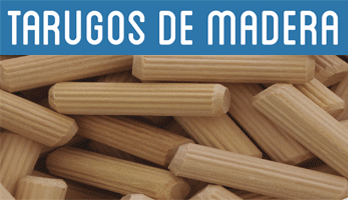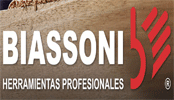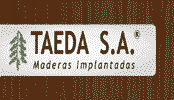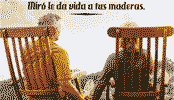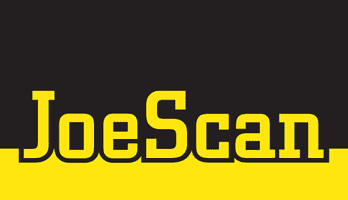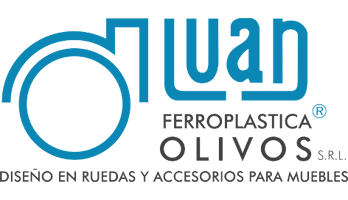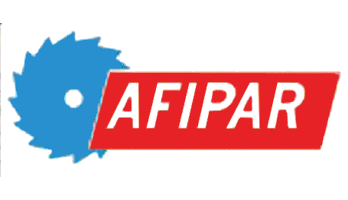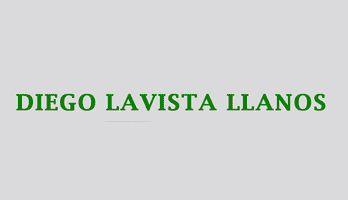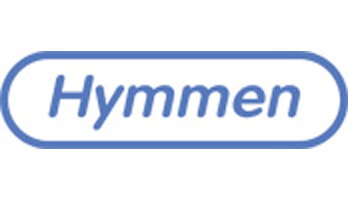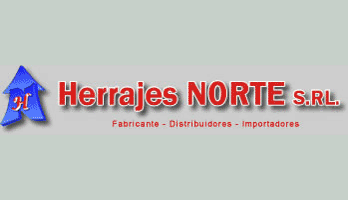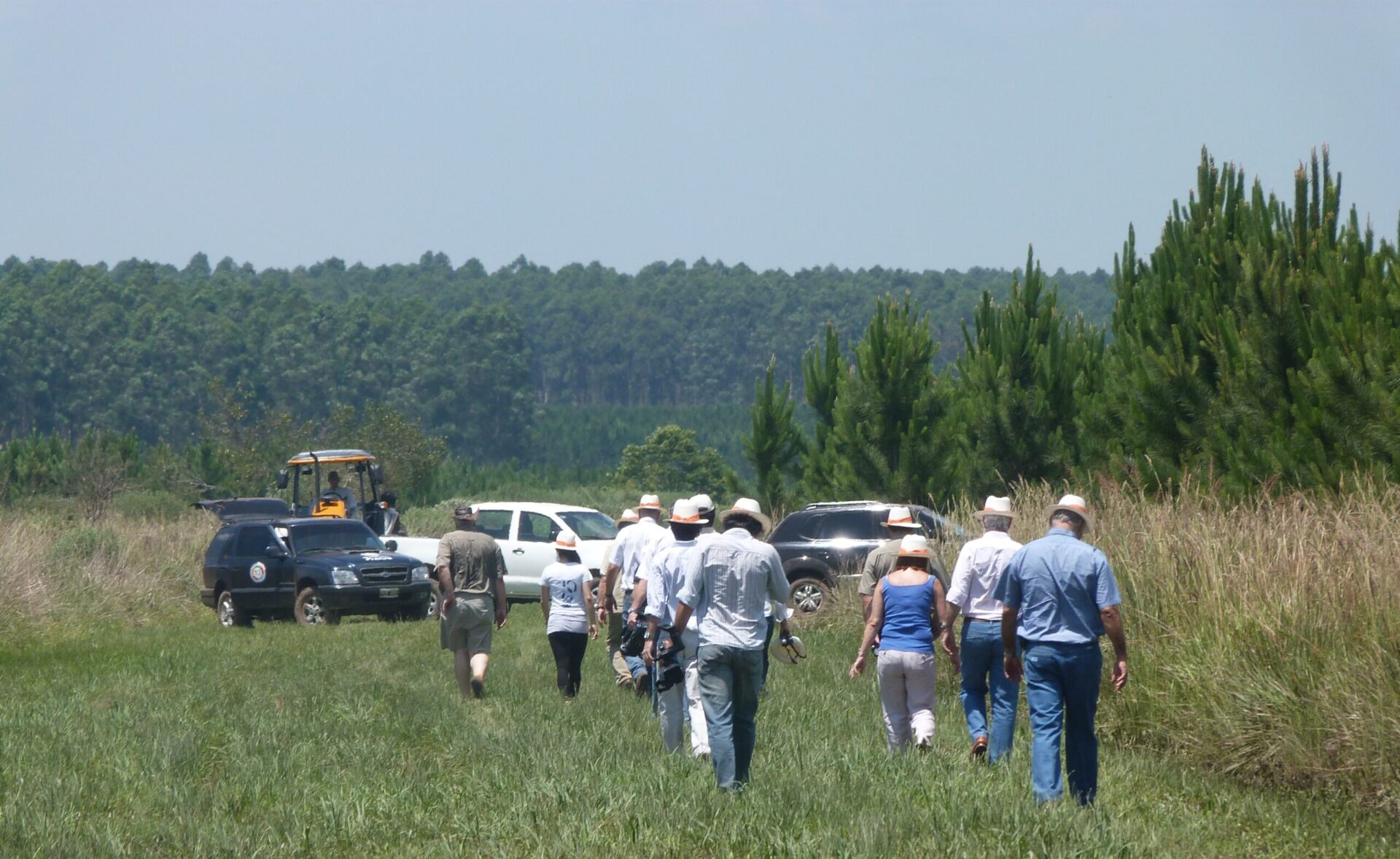
Talks on Carbon Market in Argentina
What is missing in the current context, experiences and opportunities for the agroforestry sector
On Monday, July 24, from 6:00 p.m. to 8:00 p.m., in the Ceibo B Room of the 2023 Livestock Expo, the National Forest Carbon Table will give a talk on the Carbon Markets in Argentina. The first block of the meeting will have Juan Pedro Cano, coordinator of the National Forest Carbon Board as the main speaker, who will speak on "Carbon markets at the international and national level: context and opportunities", followed by experts who will share "What It is already happening: The experience and projection in Argentina”.
Speakers of the stature of Sebastián Fragni from GMF Latinoamericana, José Otarán, from UNITAN, Tomás Arata from GBM / Nideport and Jan Heinrich from Ecosecurities will participate in a panel on experiences and projection, closing the day with a talk by the lawyer specializing in environmental law and climate change Manuel Frávega, partner of the Beccar Varela Law Firm, who will provide a description of the “Legal and institutional framework in Argentina”.
In this sense, the Board recently presented its main contribution document to various government authorities and other private actors.
Currently, globally there are more than 11,800 emissions capture and reduction projects certified and registered under international standards. This volume is growing rapidly as the demand for them increases. In fact, the value of the global voluntary carbon markets nearly quadrupled in 2021 to USD 2 billion.
In this context, Argentina today has a unique opportunity to position itself in the world through the development of carbon markets. In this talk, an in-depth analysis to find out what is missing for the country to become a key and strategic global player.
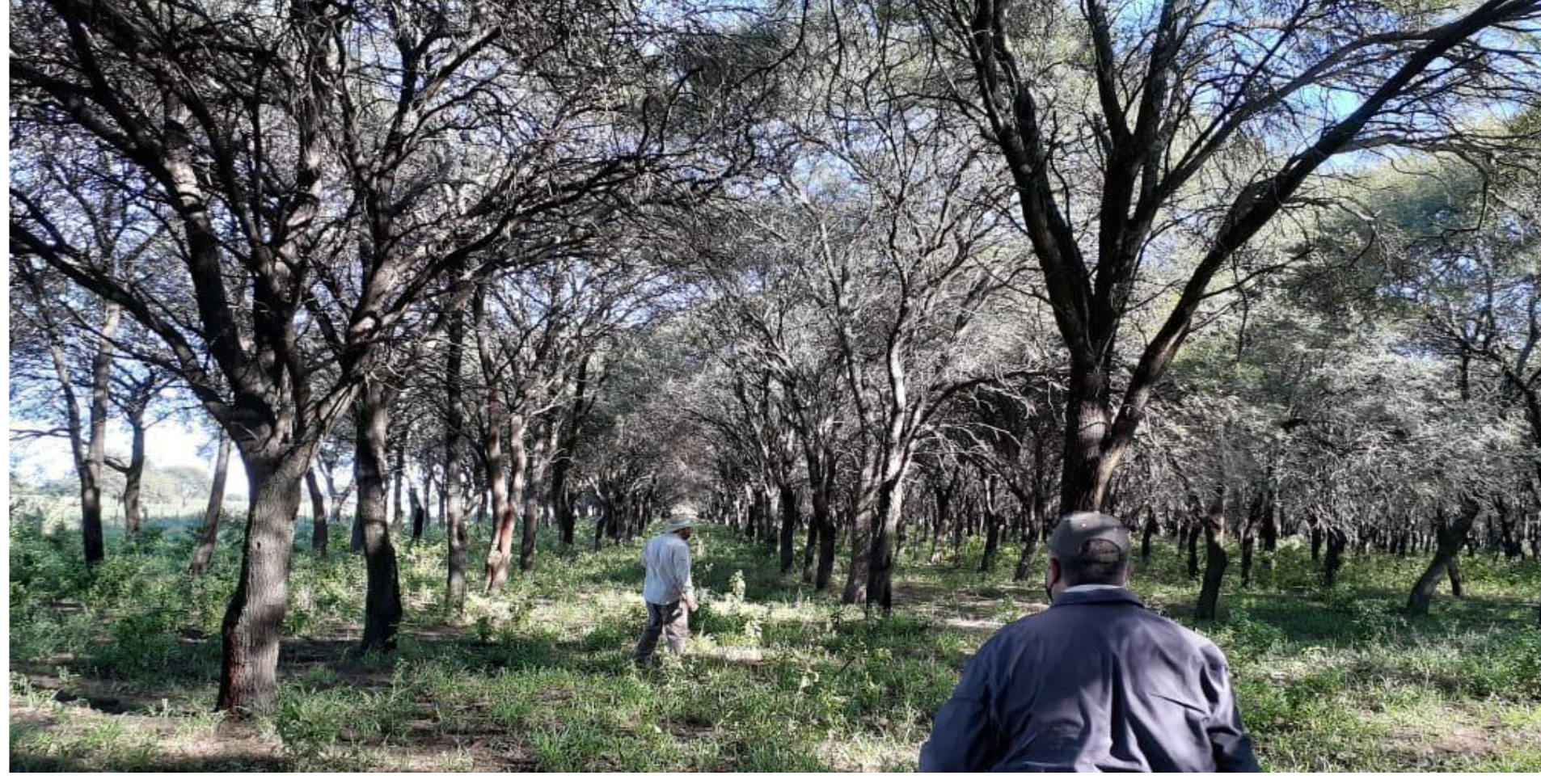

IT MAY INTEREST YOU
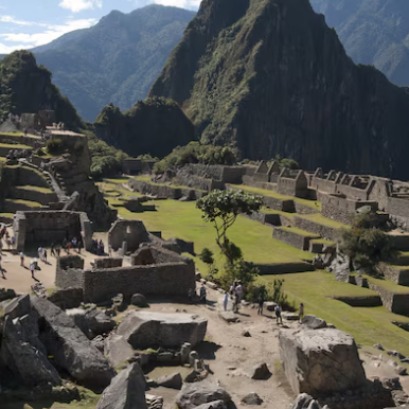 Reforestation advances in the Historic Sanctuary of Machu Picchu with new restored hectares
Reforestation advances in the Historic Sanctuary of Machu Picchu with new restored hectares
The plan includes the planting of a thousand new trees in the sanctuary, in response to the damage caused by forest fires and environmental threats, with the support of local authorities and representatives of the tourism sector.
 Color the streets pink and white in spring: which is the most beautiful tree in the world and why, according to AI
Color the streets pink and white in spring: which is the most beautiful tree in the world and why, according to AI
Its delicate branches, the soft tones of its petals and the harmonious shape of the tree make it an almost poetic image.
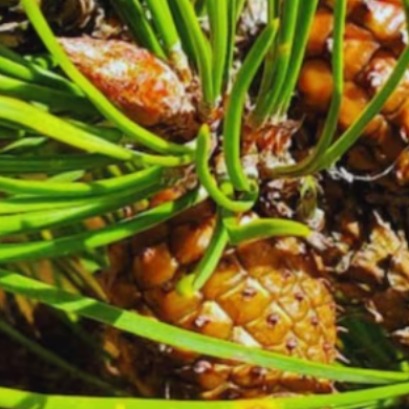 The DNA of forests: they discover what makes a tree resist drought
The DNA of forests: they discover what makes a tree resist drought
An international team, with the participation of INTA and Conicet, discovered that genetics can be decisive for trees to better resist droughts
